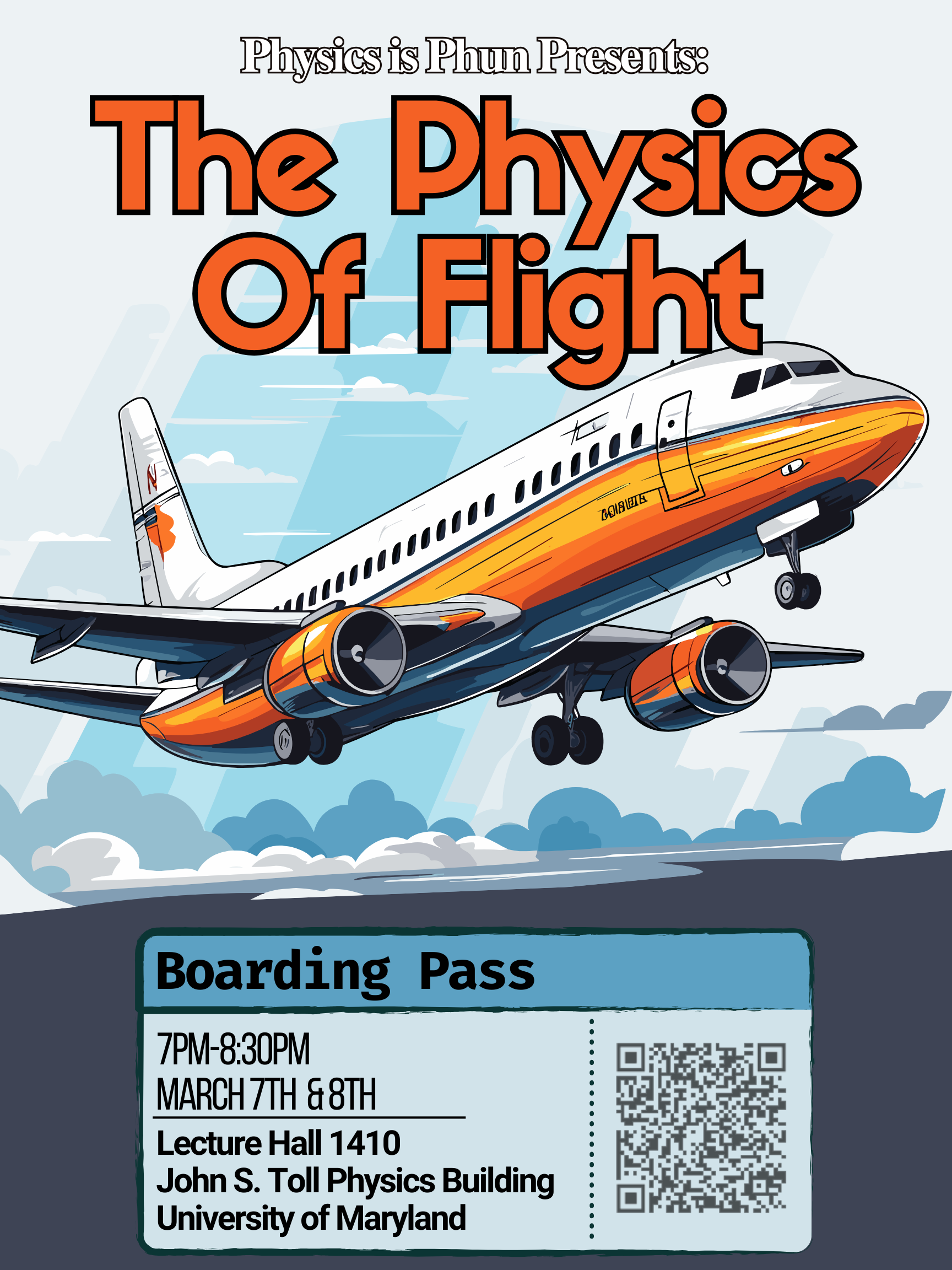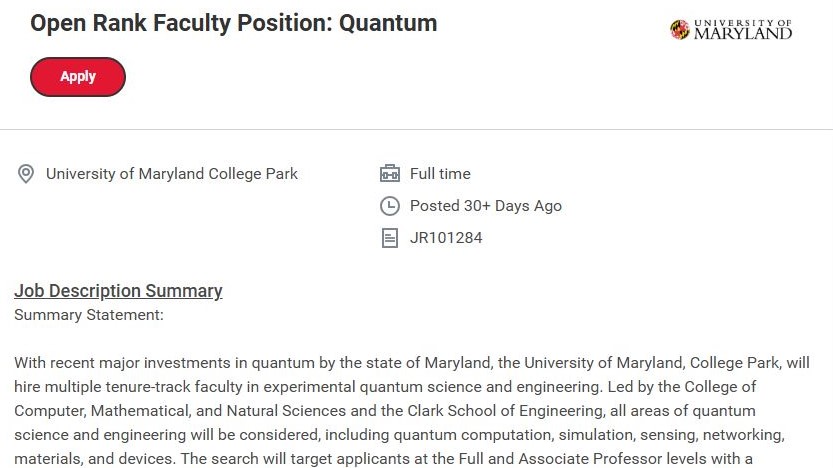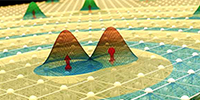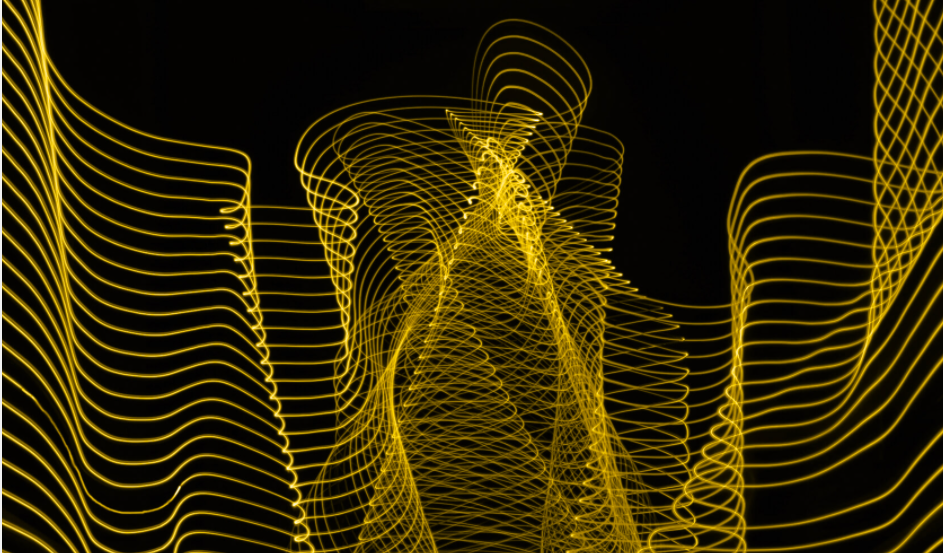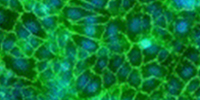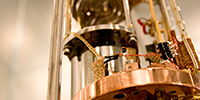Twist and Shout! W.K. Clifford's Attempt to 'Solve the Universe'
- Details
- Created: Wednesday, December 02 2009 09:06
- Last Updated: Wednesday, August 25 2010 11:27
- Written by Carole Kiger
- Hits: 3940
August 31, 2010
William Kingdon Clifford is famous for statements that he made in 1870 to the effect that matter is nothing but ripples, hills and bumps of space curved in a higher dimension and the motion of matter is nothing more than variations in that curvature. For having said this Clifford has been both hailed and condemned for having anticipated Einstein’s general theory of relativity. The standard view of historians, scholars and scientists is that his ideas were not tenable at the time, he never developed or wrote down his theory (if he ever had one), and he had no followers or students to carry on his work. Nothing is further from the truth on all three counts. Modern scholars have failed to recognize Clifford’s theory because they have only been looking for Einstein’s gravity theory in the 1870s, which is based on tensors, while tensor calculus was not developed until decades after Clifford’s untimely and unfortunate early death from consumption in 1879. So they are wrong on both counts. Those scholars who have even bothered to look at the original literature on the subject have been unable to find Clifford’s published but incomplete theory because he was forced to develop his own mathematical system of biquaternions to model motion as it would appear in the higher-dimensional space. Nor was Clifford seeking a new theory of gravity, but rather a more coherent and intuitive portrayal of his friend Maxwell’s new electromagnetic theory. However, Clifford believed that dynamical forces in three-dimensional space reduced to kinematical motions in four-dimensional space and therefore planned to include a new theory of gravity after he polished off electromagnetism. In other words, Clifford was trying to develop a unified field theory that would more consistently look like modern day unifications rather than just an earlier version of general relativity.
-------------------------------------------------------------------------------------------------------------------------------------------------------------------------------------------------
Colloquia are held Tuesdays in Room 1410 at 4:00 pm (preceded by light refreshments at 3:30). If you have additional questions, please call 301-405-5946.







